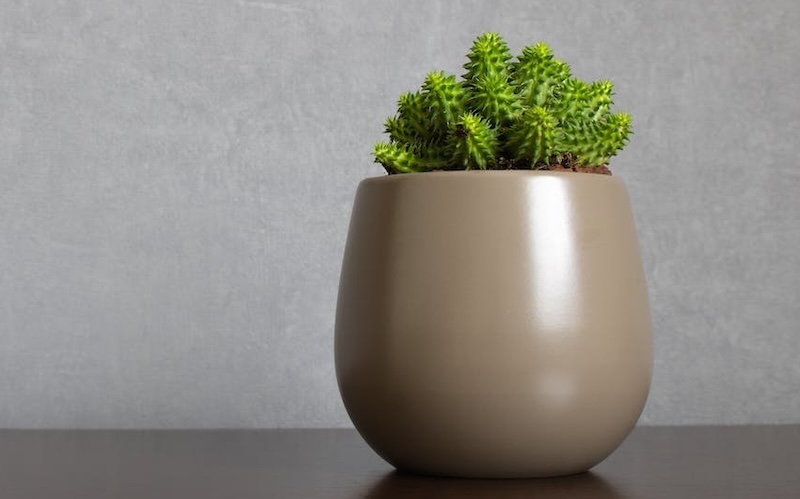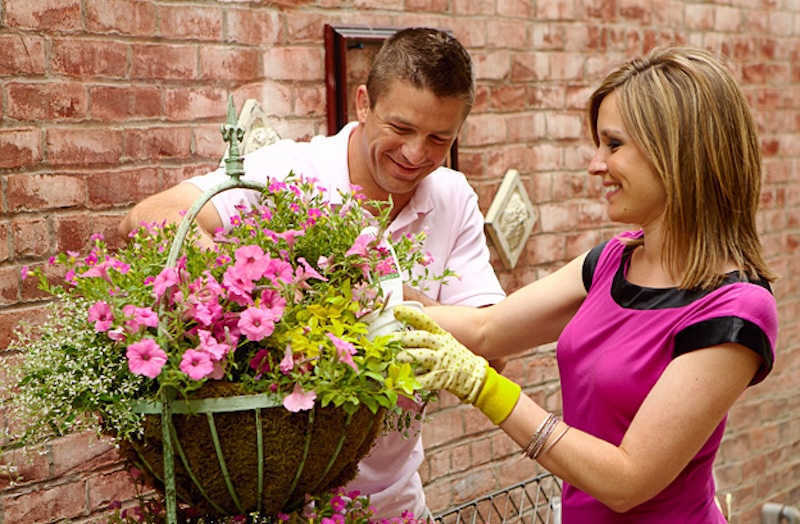Euphorbia is a large family of plants that includes succulents often grown as houseplants and sometimes known as spurge. Many different varieties are commercially available and look drastically different. Euphorbia can have broad, flat foliage or narrow, thick greenery, and some cultivars look like cacti. While various Euphorbias can look different, these plants are generally fast-growing and low maintenance. New plants often need a larger container shortly after coming home, while established plants will need to be repotted every one to three years.

Potting Euphorbia
Inspect a new plant to see if the roots are visible through the drainage holes in the container. A rootbound Euphorbia will need a new, larger container. Also, look at the soil and observe if water drains through the pot quickly. A new plant in poor quality soil will benefit from an upgrade.
Repotting Euphorbia
Euphorbia plants prefer to be slightly rootbound. Plants that fit snugly in their pots are more likely to bloom, but they will need more space at a certain point. When the roots grow through the drainage holes, the plant needs a bigger container. You should also repot euphorbia if the planter is cracked or broken. Repotting is occasionally necessary, but Euphorbia doesn’t particularly enjoy being transplanted, so it is best only to repot when needed.

Best Soil For Euphorbia
Drainage is vital for Euphorbia houseplants. Potting mixes intended for succulents or cacti are an excellent choice. Amend a general potting mix with perlite to improve drainage. Consistent dampness will rot the roots, so a well-draining potting mix is necessary to allow Euphorbia the roots to dry out in between waterings.
Euphorbia Drainage
While a well-drained potting mix is essential for Euphorbia, a container with drainage holes is also a must. Combining a pot with drainage with a loose potting mix ensures water can flow through and away from the pot, protecting the roots. Euphorbia plants have a low tolerance for standing water. Porous containers, like terra cotta or unglazed ceramic, are a good choice because they let the soil dry more quickly, further protecting against root rot. Always empty any pot saucers or cache pots after watering.
 |
Author Alison Cotsonas - Published 01-04-2024 |
